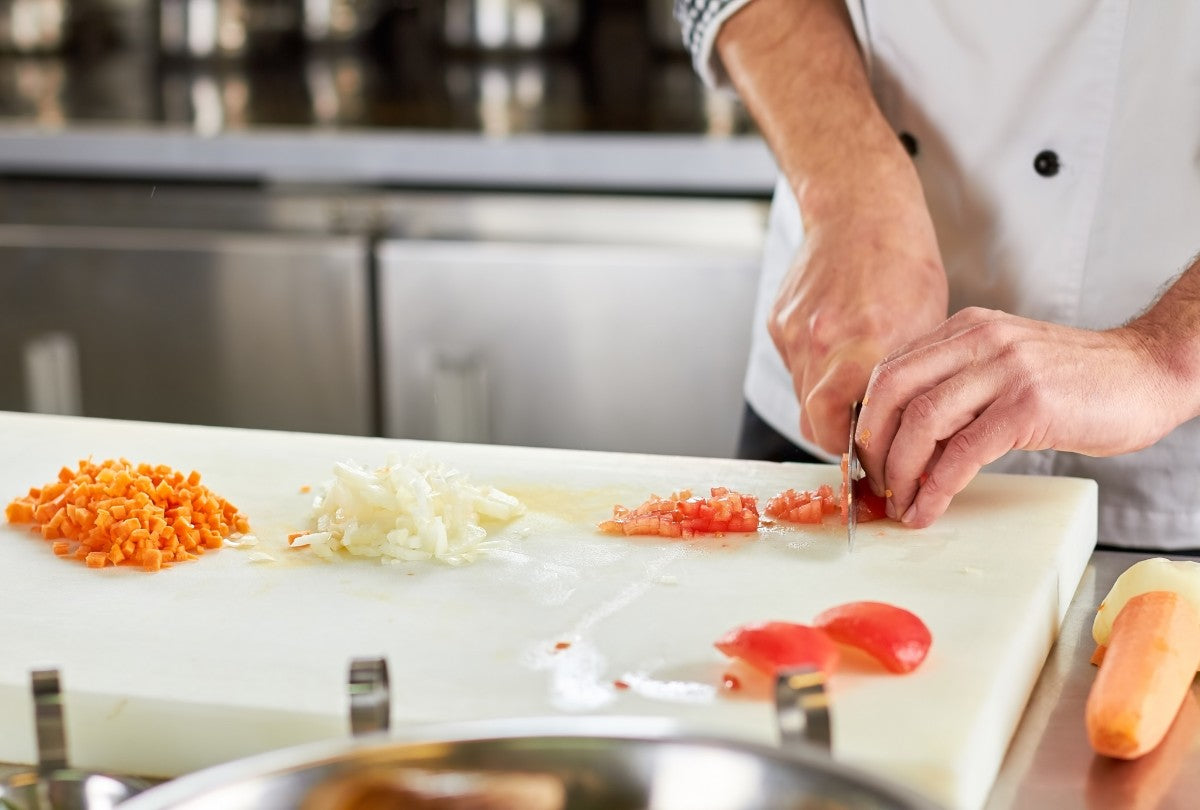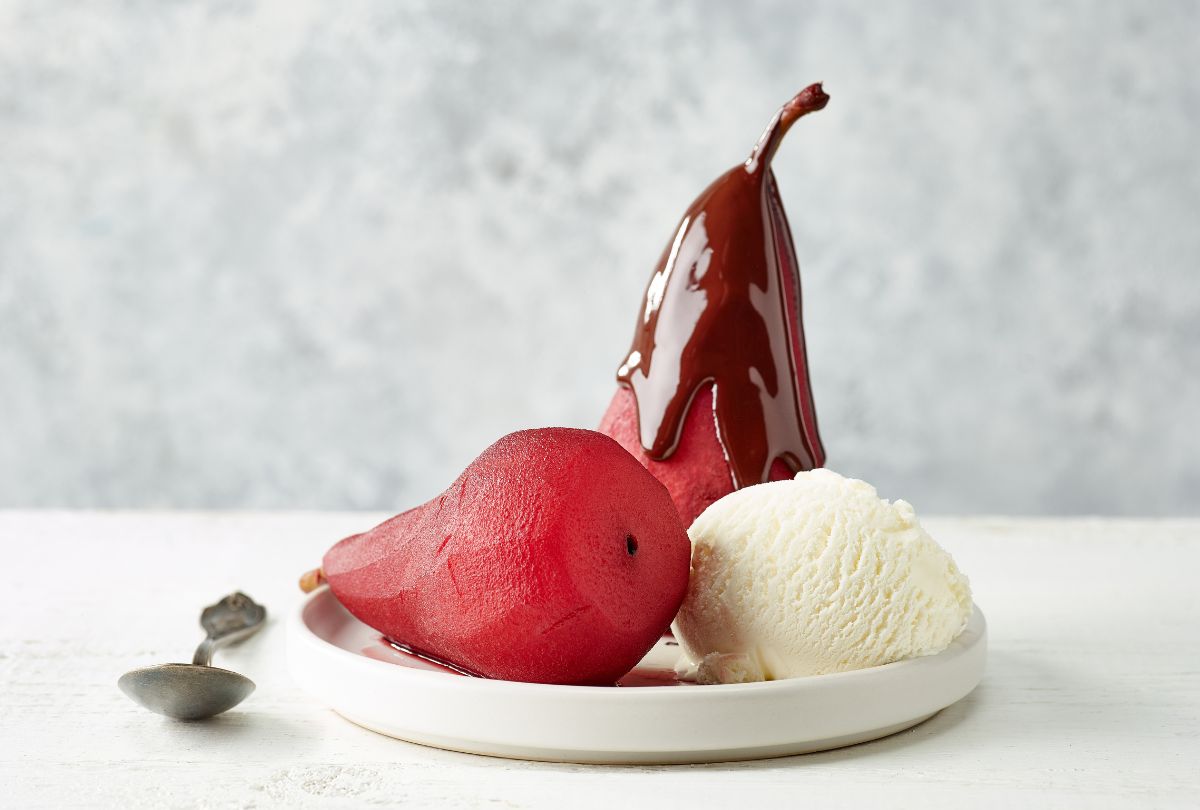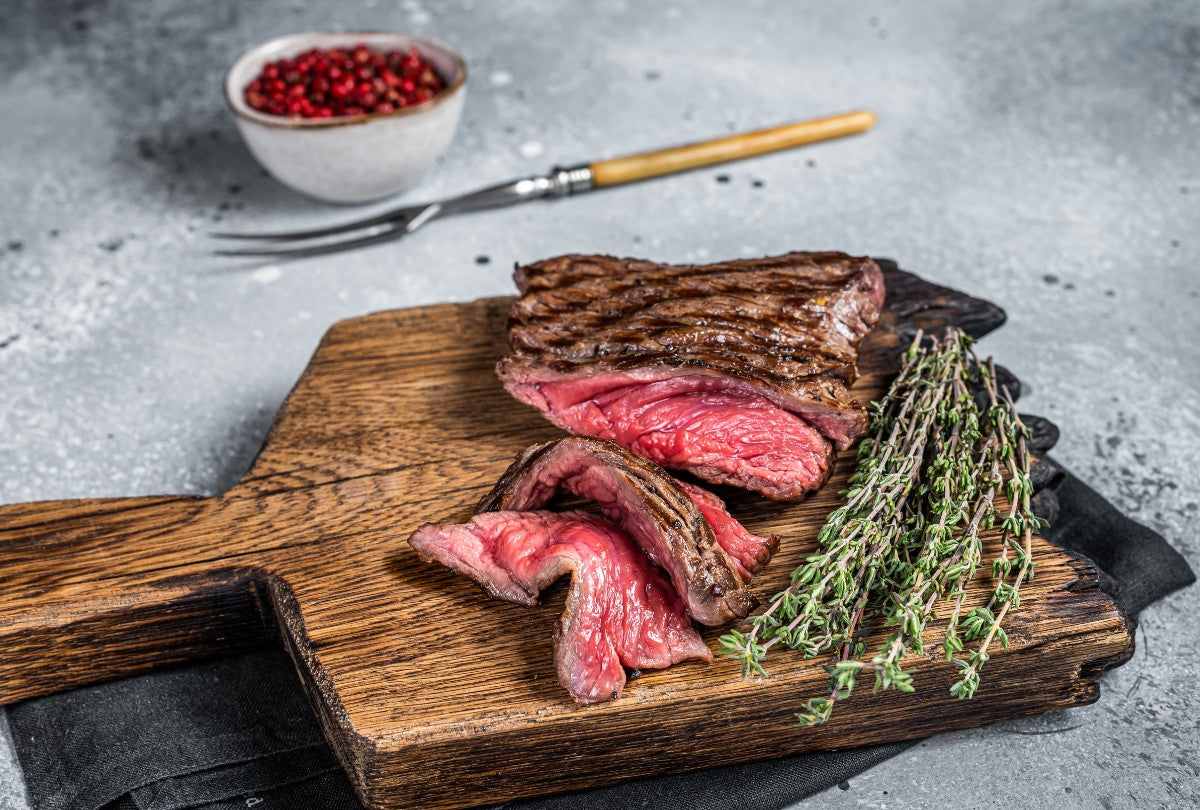If you're a culinary whiz, you've probably heard of the brunoise cutting technique. These small, uniform cubes form the basis for many delicious dishes. In this blog post, we'll discuss everything you need to know about this cutting technique, from the basics to advanced techniques.
What is brunoise?
Brunoise is a French term that refers to cutting ingredients into small, even cubes of 2 to 3 millimeters. Brunoise is an important technique in the culinary world because it produces uniformly sized pieces of vegetables that cook evenly and present beautifully. These cubes are often used as a base for sauces, soups, salads, and other dishes.

[product=knife-set-9-piece]
The perfect knife set for your kitchen
[/product]
cutting board set
Robust and perfect for any dish
[/product]
Which vegetables are used for brunoise?
The most commonly used vegetables for brunoise are carrots, onions, and cucumbers, but other vegetables such as bell peppers, zucchini, pumpkin, and potatoes can also be used.
How big are the pieces for brunoise?
The pieces in brunoise are small and evenly sized, about 2 to 3 millimeters. It's important to keep the pieces uniform to ensure they cook evenly and look good in the dish.
Step-by-step guide to making a brunoise
With this step-by-step guide, you'll learn how to make a brunoise like a real chef!
Step 1: Choose the right ingredients
Choose ingredients that you want to cut into small, evenly sized cubes, such as carrots, onions, bell peppers, potatoes, or tomatoes. Choose ingredients of similar size for the best results.
Step 2: Cut the ingredients into slices
Start by slicing the ingredients. Hold the knife firmly and slice the ingredients thinly, about 2-3 mm thick.
Step 3: Cut the slices into strips
Then cut the slices into strips about 2-3 mm wide. Make sure the strips are the same width.
Step 4: Cut the strips into small cubes
Finally, cut the strips into small cubes of about 2-3 mm. Make sure the cubes are even and the same size.
Step 5: Check the size and consistency
Check the size and consistency of the cubes. They should be small and evenly sized. If some cubes are too large, cut them again into smaller cubes.
Step 6: Use the brunoise in your dish
Use the brunoise in your dish and enjoy the professional result!
With these simple steps, you too can now make a brunoise like a real chef. Happy cooking!
Techniques to Perfect the Brunoise
To make a perfect brunoise, there are several techniques you can use. A sharp knife, for example, is essential for easily cutting the vegetables and ensuring they are uniformly sized.
Common mistakes when making a brunoise
There are also common mistakes people make when making a brunoise. For example, not properly cleaning the vegetables before chopping can lead to bits of dirt and sand in your brunoise. It's important to thoroughly wash and dry the vegetables before chopping.
What dishes can be made with brunoise?
Brunoise is a versatile cutting technique that can be used in a wide variety of dishes, such as soups, sauces, salads, stews, and more. It's often used to enhance the flavor and texture of a dish. For example, brunoise can be used to add vegetables to soups and stews without affecting the texture of the dish.
Cutting a Brunoise apple
Cutting a brunoise apple is no different from cutting other ingredients. Start by choosing a firm apple that isn't too soft. Peel the apple and cut it into slices about 2-3 mm thick. Then cut the slices into strips of the same width. Finally, cut the strips into small cubes of about 2-3 mm. Make sure the cubes are even and the same size so they complement the other ingredients in your dish. The brunoise apple can be used to add a touch of sweetness to savory dishes or as a savory addition to desserts and pastries.
Cut Brunoise onion
Cutting a brunoise onion requires some precision and skill. Start by choosing a firm onion and trimming off the root ends. Then, halve the onion and peel off the outer layer. Now, cut the onion into slices about 2-3 mm thick. Then, cut the slices into strips of the same width. Finally, cut the strips into small cubes of about 2-3 mm. Make sure the cubes are evenly sized so they cook evenly and give your dish a consistent texture. The brunoise onion is a versatile ingredient that can be used in sauces, stews, soups, and much more.

Cut Brunoise carrot
Cutting a brunoise carrot isn't as difficult as it seems. Start by choosing a firm carrot and peeling it with a vegetable peeler. Then, cut the carrot into slices about 2-3 mm thick. Then, cut the slices into strips of the same width. Finally, cut the strips into small cubes of about 2-3 mm. Make sure the cubes are evenly sized so they cook evenly and give your dish a consistent texture. Brunoising carrots is a great way to add color and nutrition to your dishes and can be used in soups, stews, salads, and much more.
Cut Brunoise tomato
Brunoising a tomato is a great way to cut this juicy and flavorful vegetable into small pieces perfect for use in a wide variety of dishes. Start by choosing a ripe tomato that is firm but not too hard. Cut the tomato in half and remove the seeds and pulp. Next, cut the tomato into slices about 2-3 mm thick. Then, cut the slices into strips of the same width. Finally, cut the strips into small cubes of about 2-3 mm. Make sure the cubes are evenly sized so they cook evenly and give your dish a consistent texture. Brunoising a tomato is a perfect addition to salads, sauces, stews, and much more.

Cut Brunoise cucumber
Start by choosing a firm, ripe cucumber. Wash the cucumber and cut it in half. Scrape out the seeds with a spoon and then cut the cucumber into slices about 2-3 mm thick. Then cut the slices into strips of the same width. Finally, cut the strips into small cubes of about 2-3 mm. Make sure the cubes are evenly sized so they cook evenly and give your dish a consistent texture. The brunoise cucumber adds a refreshing and crunchy texture to your dishes and can be used in salads, soups, and as a garnish for various dishes.
Cut Brunoise leek
If you're looking for a tasty way to incorporate leeks into your dishes, brunoise is the perfect way to cut this vegetable into small pieces. Start by choosing a firm, healthy leek and trimming off the green top. Then, halve the leek lengthwise and rinse thoroughly under running water to remove any dirt. Next, slice the leek into slices about 2-3 mm thick. Then, cut the slices into strips of the same width. Finally, cut the strips into small cubes of about 2-3 mm. Make sure the cubes are evenly sized so they cook evenly and create a consistent texture. Brunoising leeks is a great way to add flavor and texture to stews, soups, and other dishes.
Cut Brunoise zucchini
Brunoising zucchini is a simple and convenient way to cut this versatile vegetable into small pieces for use in a variety of dishes. Start by choosing a firm, healthy zucchini and wash it thoroughly. Trim the ends and then slice the zucchini into slices about 2-3 mm thick. Next, cut the slices into strips of the same width. Finally, cut the strips into small cubes of about 2-3 mm. Make sure the cubes are evenly sized so they cook evenly and give your dish a consistent texture. Brunoising zucchini is a delicious addition to a variety of dishes, such as stir-fries, stews, and casseroles. It adds a light and fresh flavor to your dishes and pairs easily with other vegetables and herbs.
So, now you know all about brunoise. Happy cooking!



Leave a comment
This site is protected by hCaptcha and the hCaptcha Privacy Policy and Terms of Service apply.